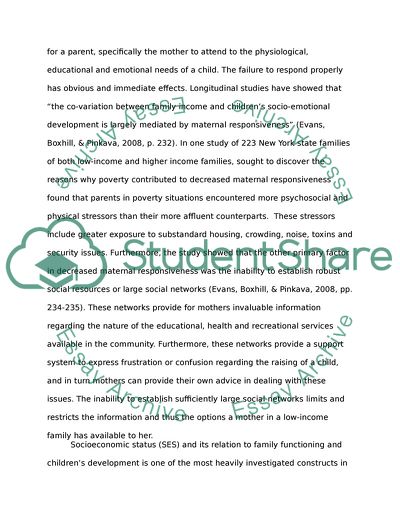Poverty Risk Factors and Childhood Development Essay - 1. Retrieved from https://studentshare.org/family-consumer-science/1546808-poverty-risk-factors-and-childhood-development
Poverty Risk Factors and Childhood Development Essay - 1. https://studentshare.org/family-consumer-science/1546808-poverty-risk-factors-and-childhood-development.


